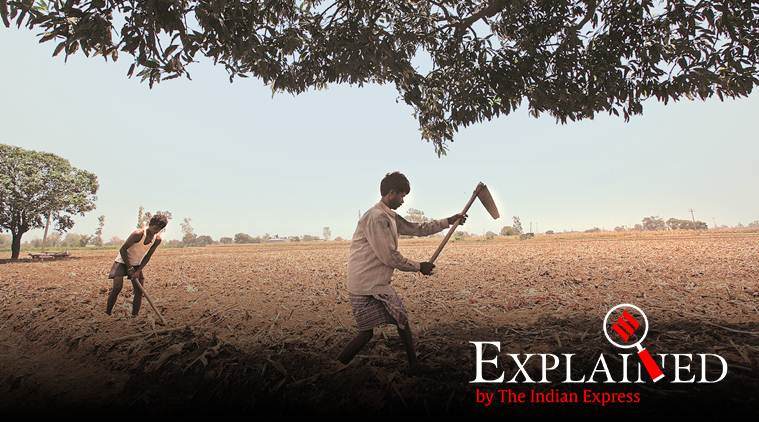Even as rising food inflation may have come as a concern for the RBI, farmers growing rice and wheat are likely to benefit as they could receive higher prices for their produce, a report said. However, high food inflation impacts farmers’ consumption of discretionary goods since they could be paying higher prices for food items such as pulses, CARE Ratings said in a report. CPI-based retail inflation has been over 6 per cent of late, with food inflation remaining on the higher side. The retail inflation was recorded at 7.59 per cent in January, much above the medium-term RBI target for the fourth month in a row.
The RBI’s target is 4 per cent with a margin of two percentage points on either side. It was in May 2014, the previous high for retail inflation was 8.3 per cent. The food inflation stood at 13.63 per cent in January 2020 as against (-) 2.24 per cent in January 2019. The food inflation has been on the rise since January last year when it was last recorded at 1.97 per cent.
Watch: What is inflation?
“While higher food inflation can be beneficial in net terms to farmers of those crops which have witnessed higher prices it also comes in the way of monetary policy and hence attains significance”, CARE Ratings said.
Also read: Share Market LIVE: Sensex, Nifty trade in range, RIL, HDFC top drags
“The numbers presented here also indicate that linking production with price inflation is no longer a straightforward exercise as other factors like demand, carry-forward stocks, MSP play an effective role in driving prices”, CARE Ratings added. Meanwhile, in the last monetary policy meeting for FY20, the RBI kept the key interest rates unchanged and increased inflation outlook to 5.4 to 5.5 per cent.

